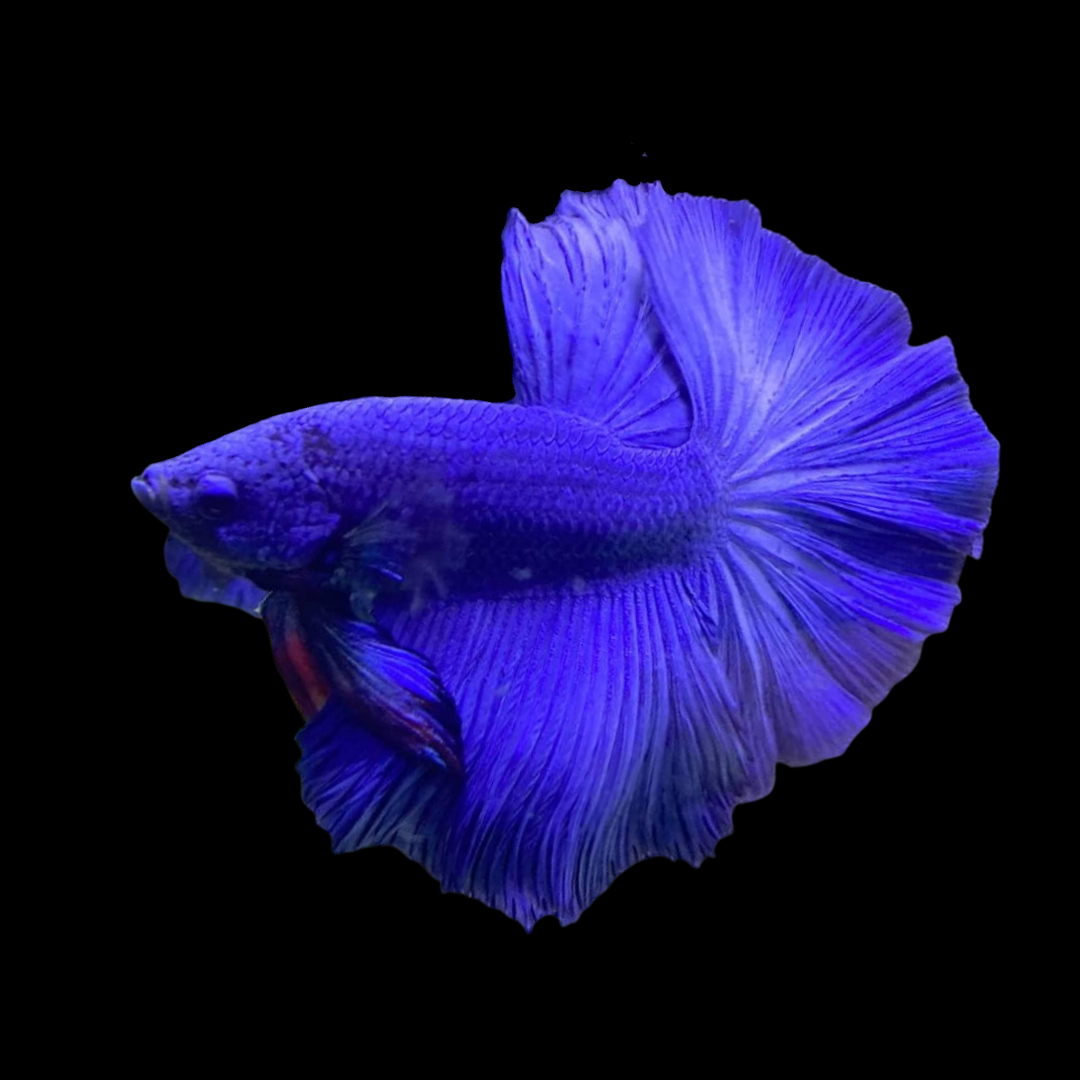Just How to Breed Betta Fish Effectively: Specialist Strategies and Insights for Hobbyists Looking to Expand Their Betta Collection
Reproducing Betta fish calls for a nuanced understanding of genes and ecological conditions, making it vital for hobbyists to come close to the process with both diligence and treatment. Producing an optimal breeding atmosphere, picking the best sets, and observing the ins and outs of their courtship actions are fundamental actions that can considerably impact the end result.
Understanding Betta Fish Genes
Understanding the genes of Betta fish is essential for effective breeding, as it affects characteristics such as shade, fin shape, and behavior. Betta fish exhibit a varied range of colors and patterns, mainly figured out by their hereditary makeup.
In addition to pigmentation, fin morphology is one more substantial element of Betta genetics (betta fish). The sizes and shape of fins are affected by different genes, consisting of those that figure out whether the fins are brief, long, or veil-shaped. Understanding these genetic variants helps breeders forecast the phenotypic outcomes of their children
In addition, behavioral traits such as aggressiveness and territoriality can additionally be influenced by genetics. These behaviors play a vital duty in the reproducing process, as they can affect generating success and the total temperament of the resulting fry. By adequately recognizing these genetic principles, breeders can make informed decisions, eventually boosting their reproduction programs and accomplishing desirable outcomes.
Preparing the Breeding Atmosphere
Producing an ideal breeding setting is vital for the successful reproduction of Betta fish. The initial step in preparing this atmosphere is to pick a suitable breeding tank, ideally ranging from 5 to 10 gallons. This size permits for sufficient swimming room and the facility of regions. The storage tank ought to be geared up with a heating system to preserve a secure temperature between 78 ° F and 80 ° F, which is crucial for urging generating behavior.
Next, take into consideration the use of a sponge filter or an air rock to provide gentle water flow without creating solid currents that can worry the fish. It is necessary to mount plants or breeding cones to provide hiding areas and advertise convenience for the lady during the spawning process. Drifting plants, such as Java moss or water sprite, can additionally produce a much more natural atmosphere while helping with bubble nest building by the man.
Prior to introducing the breeding pairs, make certain the water is conditioned and complimentary from damaging chemicals, such as chlorine or heavy metals. betta fish. Regular water modifications must be conducted to maintain ideal water high quality, boosting the chances of effective reproduction. With these preparations in area, the breeding atmosphere will certainly sustain the wellness and wellness of both Betta fish
Choosing Breeding Pairs
Selecting the best breeding sets is critical for attaining effective Betta fish recreation. When selecting your breeding pairs, consider several crucial aspects including wellness, personality, and genes. Healthy and balanced Betta fish exhibit lively shades, clear eyes, and active actions. Picking fish that are devoid of condition makes sure a much better opportunity of have a peek at this website creating sensible offspring.
Temperament is one more important consideration, as Betta fish are known for their hostile nature. It is a good idea to pick a man and woman that show suitable characters to decrease anxiety throughout the breeding process. A tranquil man can encourage a smoother courtship, while a lady that is also aggressive might interrupt the procedure.
Genetic history also plays a significant function in the top quality of the offspring. Reproducing fish that are genetically varied can lower the risk of hereditary wellness concerns and boost the overall vigor of the fry. It is advantageous to investigate the lineage of both the male and woman, concentrating on preferable attributes such as fin type, color scheme, and size.
The Reproduction Refine
The anonymous reproduction process of Betta fish requires mindful planning and attention to detail to make sure an effective end result. It is vital to prepare an ideal reproduction tank, ideally a 5-10 gallon fish tank with a temperature maintained at 78-80 ° F. The container should be outfitted with a heating unit, filter (preferably sponge type to prevent solid currents), and lots of marine plants for the female to conceal.
As soon as the atmosphere is established, present the picked reproducing pair to the storage tank, allowing them to adjust. Observe their behavior; the male will certainly present intricate courtship rituals, including flaring his fins and constructing a bubble nest. If the woman reveals interest, she will certainly display vertical stripes showing readiness for spawning.
When the lady is receptive, the pair will participate in a breeding welcome, throughout which the male fertilizes the eggs. It is important to check their interactions closely, as the male might end up being hostile. After generating, get rid of the female to avoid potential damage. The man will have a tendency to the eggs, which commonly hatch within 24-36 hours. Keeping optimal water problems throughout this period is vital for the development of healthy and balanced Betta fry.
Caring for Betta Fry

Feeding Betta fry is vital, as they need a diet plan high in protein. At first, they can be fed infusoria or liquid fry food, transitioning to carefully smashed high-grade pellets as they expand. Feed tiny sections several times a day to encourage healthy development without overwhelming the storage tank official source with leftover food.

As they mature, monitor their development very closely and separate any type of hostile people to stop damage. By providing a nurturing atmosphere and correct nourishment, hobbyists can effectively elevate Betta fry right into dynamic, healthy fish, ultimately improving their breeding ventures.
Final Thought
Successful Betta fish reproduction needs thorough interest to genetic option, ecological conditions, and treatment for the fry. By recognizing the genetics of Betta fish and preparing a suitable breeding environment, hobbyists can boost the chances of creating lively, healthy and balanced offspring.